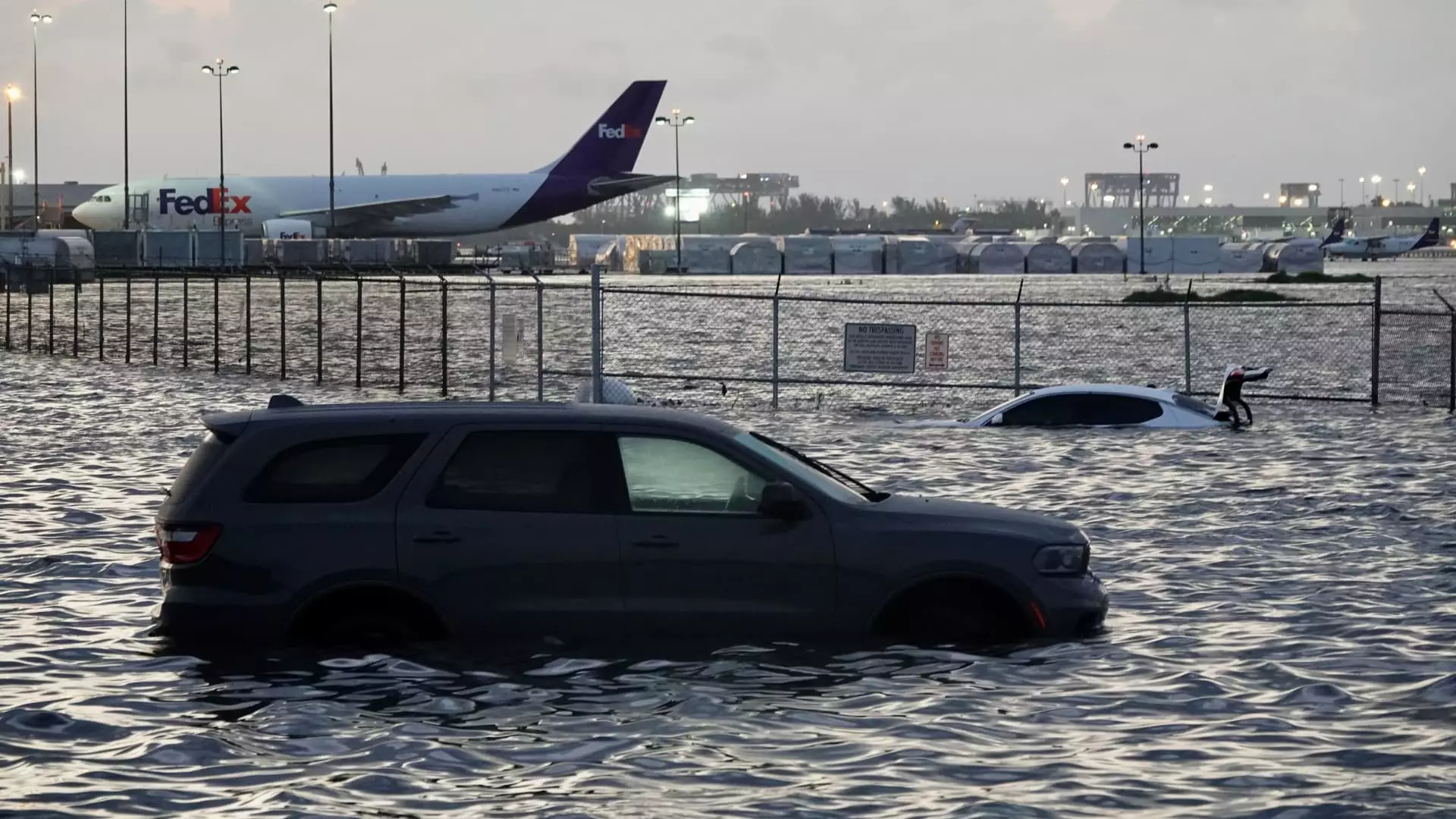Our nation’s infrastructure, long lauded as the backbone of economic vitality and national resilience, has become a fragile shell of its former self. Public complacency masked the slow decay for decades, but recent climate extremes have brutally exposed the weaknesses embedded within our roads, bridges, airports, and communication networks. It is no longer a question of if disasters will strike—it’s a matter of how catastrophically they will do so. Despite mounting evidence and expert warnings, key sectors remain underfunded, unprepared, and inherently vulnerable to the profound shifts wrought by climate change. This systemic neglect signals a dangerous complacency, risking the country’s economic stability and public safety.
Climate Change: Engineering a Crisis
Extreme weather events—floods, heatwaves, hurricanes—are revealing the inadequacies of infrastructure built decades ago without considering these rising threats. For example, in 2023, Fort Lauderdale’s historic rainfall turned runways into raging rivers, halting one of Florida’s busiest airports and stranding travelers. Similarly, last summer in New York City, intense heat caused a bridge’s metal components to expand so significantly that it remained stuck open, leaving commuters stranded and the city’s transportation grid vulnerable. These incidents, far from isolated anomalies, serve as stark harbingers of a future where climate-induced disruptions become routine. Yet, our current infrastructure planning has failed to adapt, clinging to outdated designs that no longer withstand the onslaught of nature’s fury.
Assessing the Damage—A Grim ‘C’ Grade and Rising Risks
The American Society of Civil Engineers’ latest report card is a stark testament to our neglect—an overall “C” grade that belies the true peril. It highlights that every sector—airports, power grids, telecommunications—is suffering from systemic neglect and underinvestment, with climate change accelerating deterioration. A recent risk model indicates that nearly one-fifth of U.S. power infrastructure is vulnerable to floods, wildfires, or high winds, emphasizing that our system’s resilience is ill-equipped for the future. Most infrastructure, constructed in an era with a very different climate baseline, lacks the robustness necessary to withstand modern challenges. This disconnect between past planning and present reality is a perilous oversight that could cost us dearly.
Investors’ Dilemma and the Political Vacuum
The financial implications are as troubling as the physical vulnerabilities. Investors and corporations are increasingly aware that climate risks threaten the value and longevity of their assets. JPMorgan Chase’s Sarah Kapnick notes a rising demand among clients to understand climate vulnerabilities and adjust investment strategies accordingly. Yet, despite this growing recognition, government action remains stalled—particularly at the federal level—where funding for critical resilience projects has been slashed or deprioritized. Historically, political short-termism and ideological battles over climate science have hampered meaningful policy implementation. The Trump administration’s cuts to agencies like NOAA and FEMA, responsible for climate research and disaster response, have severely undermined our ability to forecast, plan for, and mitigate these risks. This political inertia is a dangerous gamble, placing corporate interests and public safety at the mercy of partisan debates.
The Need for Science-Driven Solutions and Urgent Funding
Addressing these vulnerabilities demands a fundamental shift—integrating cutting-edge climate science with engineering and infrastructure development. Experts like Tom Smith and Kapnick emphasize that resilience cannot be an afterthought, but a core component of future infrastructure projects. Unfortunately, science itself has come under attack, with government cuts disconnecting vital data and research from real-world application. Meanwhile, the financial gap to modernize and reinforce our infrastructure is staggering—an estimated $3.7 trillion over the next decade. Without decisive action and substantial investment, our infrastructure will continue to fall apart, leaving communities exposed and economic growth in jeopardy.
The Stark Reality of Political Inaction
In the face of mounting evidence and clear warnings, the political landscape remains largely paralyzed. Many lawmakers are reluctant to allocate necessary funds or confront the ideological resistance to acknowledging climate change’s impacts. Such inaction is not just shortsighted—it borders on recklessness. Every delay exacerbates vulnerabilities, increases costs, and deepens the moral obligation to protect future generations. It’s a stark choice between investing now to prevent disaster or paying a far greater price later—both economically and in human suffering.
### Final Reflection
While society insists on maintaining a facade of stability, the cracks are unmistakable. The direct consequences of neglect are already unfolding, yet meaningful reforms are still elusive. If there’s any hope for resilience, it hinges on recognizing the urgency, embracing science, and committing to the investments needed to secure our nation’s future—before it’s too late.


Leave a Reply